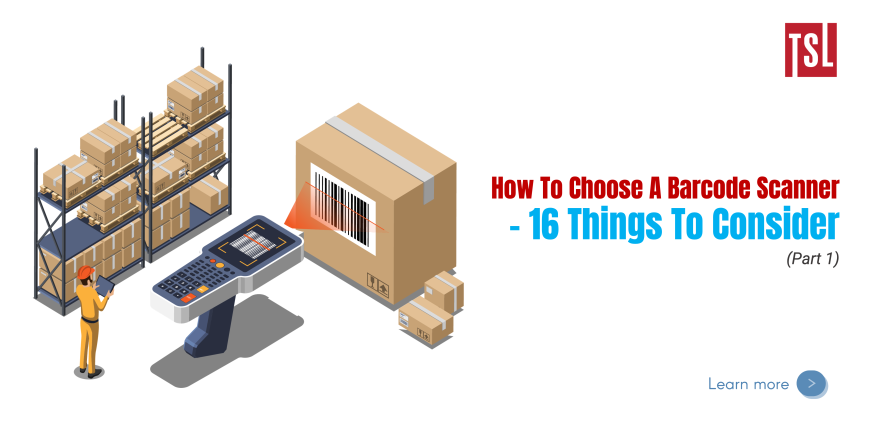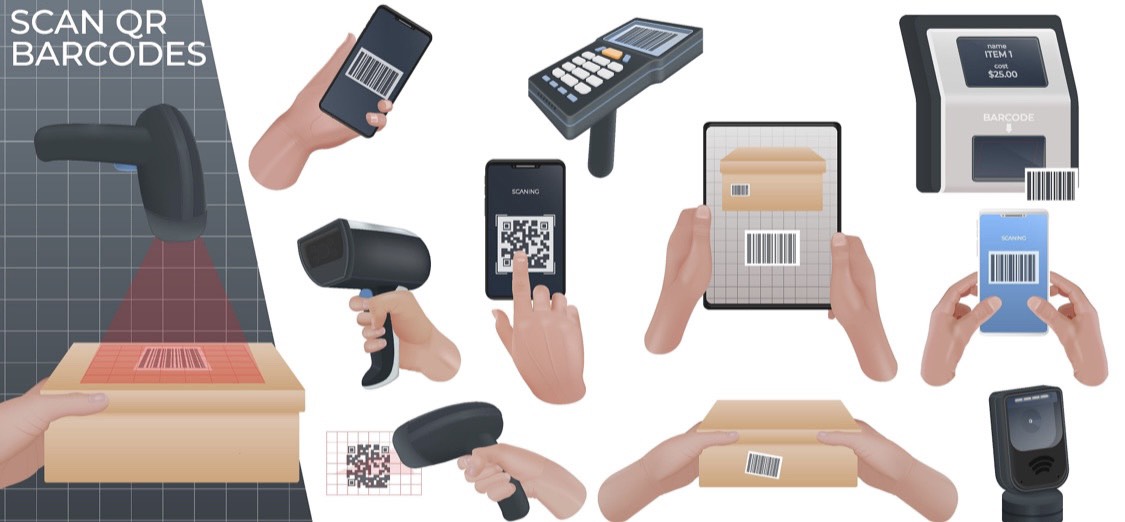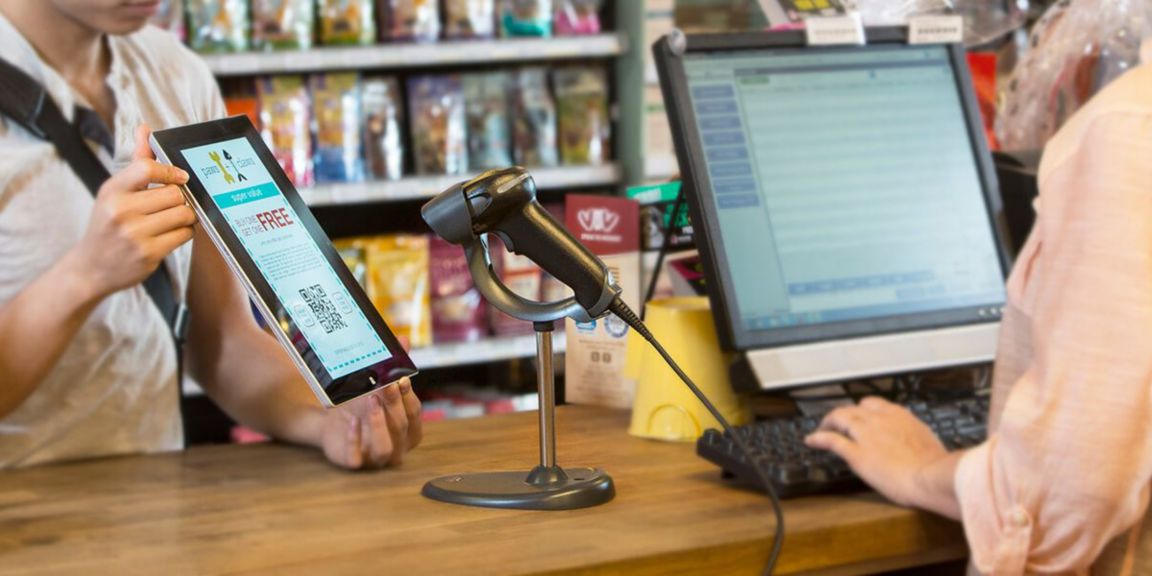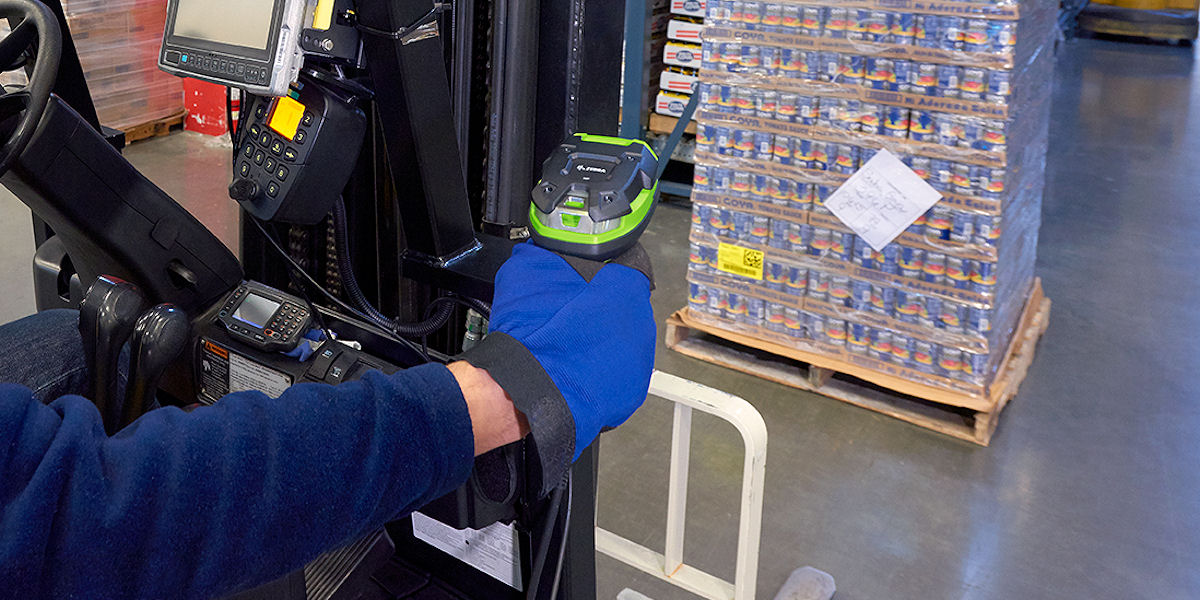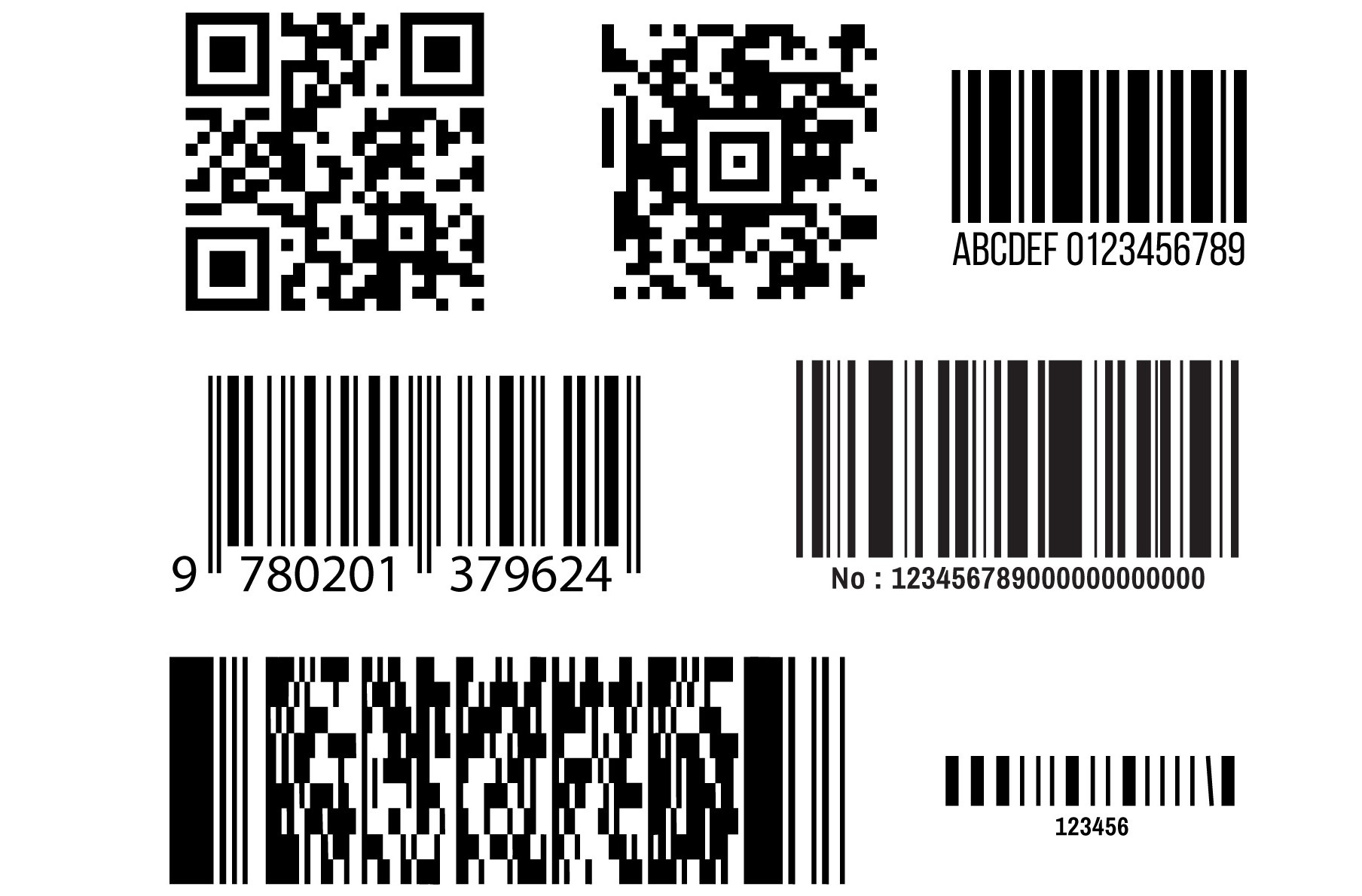How To Choose A Barcode Scanner – 16 Things To Consider (Part 1)
Many barcode scanners on the market, choosing the right one for your organization can be overwhelming. In this buying guide, we will discuss several key considerations that should factor into your decision-making process when selecting a barcode scanner.
Barcode scanners are essential pieces of technology for businesses across a variety of industries. These devices quickly capture information from barcodes and are invaluable for inventory management and tracking, identifying products, streamlining checkout processes, and more.
TSL’ll cover topics such as types of scanners, scanning range and accuracy, wireless capabilities, ergonomics and more. By the end of this guide, you’ll have all the information necessary to make an informed purchase and choose the best barcode scanner for your needs.
1. Decide the Purpose of the Barcode Reader
The first step in choosing the right barcode reader is determining your scanning needs. Different barcode readers are designed for different tasks, so deciding what you will be using the scanner for is important before you start shopping.
Will you be using it for retail checkout, inventory management, shipping and receiving, or some other purpose? Defining the purpose of barcode readers will help narrow down your choices of type of scanner and make it easier to choose the right barcode scanner for your organization.
2. Consider The Types of Barcode Scanners
Once you have determined the purpose of your barcode scanner, it’s time to decide what type of device is best for your needs.
Barcode scanners are categorized based on various factors such as technology (laser scanner, image scanner, etc.), form factor (handheld, fixed mount, etc.), build quality, connection option, interface and so on.
To keep it simple, let’s break it down into two main categories: Contact barcode scanners and Non-Contact barcode scanners.
Contact scanners are devices that require physical contact with the surface of a barcode to read its information. They tend to work well for smaller, less complex barcodes and are popular for retail checkout applications.
Non-contact scanners, on the other hand, use technologies such as laser or imaging sensors to scan symbols from a distance. Non-contact scanners are better suited to scan larger barcodes and provide higher accuracy.
Refer to our article on types of barcode scanners to learn about the different types of scanners available in the market today.
3. Keep the Barcode Scanning Environment in Mind
Considering the scanning environment is often overlooked, but it is an important factor to consider when selecting a barcode reader. Examine the following environmental factors.
Lighting Condition
Barcode scanners require adequate lighting to read the information on a barcode accurately. Therefore, opt for a scanner with illumination capabilities if your scanning environment is dimly lit or has indirect lighting.
Ambient Temperature
Barcode scanners have an optimal operating and storage temperature range. So, ensure the device you choose can handle the environment in which it’s being used.
Type of Flooring
Accidental drops are a leading cause of damage to barcode scanners. Therefore, the type of flooring your facility has should also be taken into account.
Hard surfaces such as concrete, tile, or wood can cause significant damage to scanners. In such environments, consider purchasing a rugged scanner that is specifically designed for harsh conditions. Look for scanners with drop ratings, tumble ratings, shock protection, or that have been certified in accordance with various safety standards.
On the other hand, soft surfaces like carpet and rubber matting provide a cushion that reduces the impact if the device is accidentally dropped. In such scenarios, investing in a special rugged device is no longer needed. A barcode scanner with reinforced housing, plastic covers, rubber bumpers and a lower drop rating should suffice.
Air Quality and Waterproofing
Certain particles in the air, such as dust, dirt, moisture and chemical vapors, will damage and affect the performance of barcode scanner components. Therefore, if your facility is prone to high levels of dust or water, then choose a barcode reader with an IP (Ingress Protection) rating.
We recommend looking for scanners with an IP rating of at least 68 to ensure that the barcode reader survives such harsh environmental conditions.
4. Choose an Ideal Form Factor
The form factor refers to the size, shape and design of a barcode scanner.
Barcode scanners come available in a range of form factors which includes gun-style scanners, handheld computer, presentation scanners, wearable scanners, mobile computer, fixed mount scanners and in-counter scanners. Each form factor caters to different scanning needs.
Choosing the form factor will entirely depend on one’s scanning needs. For instance, a handheld scanner is best for situations where a user needs to scan items from a distance, such as in a warehouse. On the other hand, presentation and fixed mount scanners are ideal for point-of-sale applications.
5. Determine What Type of Barcode Symbologies Will be Scanned
Barcodes are of two types: one-dimensional barcodes (also called linear barcodes) and two-dimensional barcodes.
As different barcode scanners read different types of barcodes, it’s important to determine the type of barcode you will be scanning.
Most barcode scanners (typically laser scanners) can read linear barcodes such as UPC or EAN codes, but some models don’t support 2D symbols such as Data Matrix, QR codes and PDF417. It’s also worth noting that some barcode scanners can read “stacked” linear barcodes such as GS1 Databar, which are used in different industries like the retail sector.
The key takeaway here is to analyze your business needs and choose a scanner that supports the type of barcodes you will be dealing with.
6. Consider the Barcode Scanning Range
A barcode scanner’s scanning range is the distance from which it can successfully read and decode a barcode.
The scanning range you need will depend on your application — if your users have to scan barcodes at arm’s length, then a standard barcode scanner should suffice. On the other hand, if your users need to read barcodes from items placed on racks or shelves, then you have to opt for a long-range or extended range capability barcode scanner.
In part 1, we have discussed eight important things to keep in mind when choosing a barcode device. However, there are still some others to consider before making a final decision. Stay tuned for part 2, where TSL will share eight other important factors. Don’t miss the next part to ensure that you make the best decision and choose your most suitable barcode devices.

